☰
[ Gear set for converting rotary motion to linear motion] This set can manufacture a rack & pinion mechanism that converts rotary motion to linear motion using gears. The pinion gear attached to a 3mm hexagon shaft such as a gear box has a clutch that protects the motor and gear when a large force is applied. It can be applied to various types of work, such as a forklift-like movement or sliding the gearbox itself. By combining this with a fun machine series universal arm, you can further expand the ingenuity of movement.
[Basic specifications] In addition to rack gear x 2, 42T pinion gear x 2, L-shaped arm x 4, with a length of about 170mm and width of about 10mm, a set of plastic nuts and screws.
The mechanism of the rack and pinion that converts Dr. Osuka’s trivial rotation movement into linear movement
Robots use various mechanisms called “mechanisms”, such as gears and link mechanisms. This time, let’s learn another mechanism called “rack and pinion”. A rack and a pinion literally use two types of parts, a “rack” and a “pinion” (Fig. 1). First, a rack is an elongated plate with teeth cut on the side as shown in Fig. 1. Pinions are small gears. There are several ways to learn about this rack and pinion.
One is that the diameter of the larger one of the combined two large and small gears is steadily increasing, and when it reaches the maximum size, it becomes almost straight at the end (Fig. 2 (a) )-(d)). The idea is that the linear gear at that time is called a “rack”, and the smaller gear is called a “pinion”.
In the textbook, a newly written column by Professor Koichi Osuga, Faculty of Engineering, Osaka University, gives children an easy-to-understand and fun explanation of machines and mechanisms.
⇒ Another image (2)
| 重量 | 1 公斤 |
|---|---|
| 遙控車底盤 |
只有註冊並且購買過商品的顧客才能撰寫評價。










 1/14貨櫃車系列
1/14貨櫃車系列  遙控車配件
遙控車配件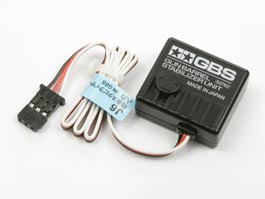 ESC電子變速器
ESC電子變速器  車殼
車殼  比例模型
比例模型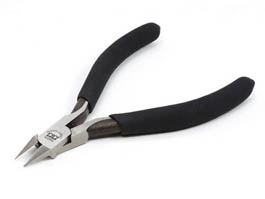 剪鉗及模型刀
剪鉗及模型刀  銼刀
銼刀 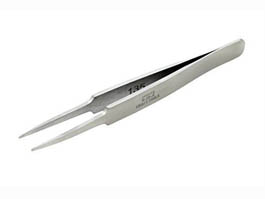 鉗子和鑷子
鉗子和鑷子  手鑽及雕刻用品
手鑽及雕刻用品 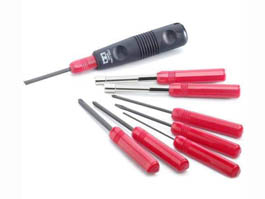 螺絲批
螺絲批 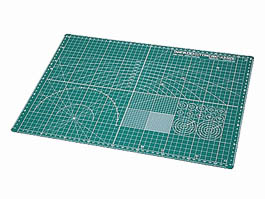 切割墊板(界刀板)
切割墊板(界刀板) 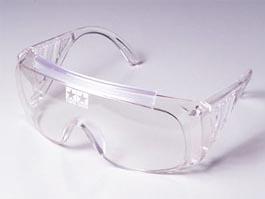 其他工具
其他工具  舊化塑造
舊化塑造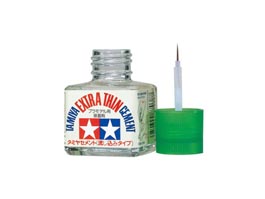 膠水
膠水 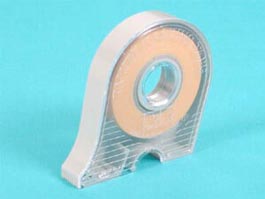 遮蓋膠紙 (Masking Tape)
遮蓋膠紙 (Masking Tape)  底油 (Primer & Surfacer)
底油 (Primer & Surfacer)  打磨拋光用品
打磨拋光用品  畢地 (Putty)
畢地 (Putty) 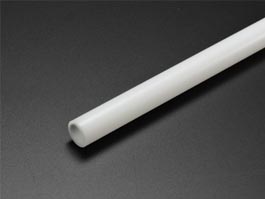 建築材料
建築材料  遙控車清潔劑及潤滑油
遙控車清潔劑及潤滑油  情景製作
情景製作 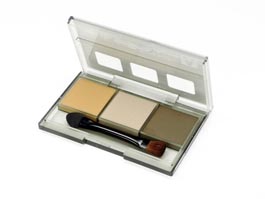 舊化及滲線
舊化及滲線  TS噴漆 (油性油漆)
TS噴漆 (油性油漆)  PS噴漆 (聚碳酸酯PC塑料專用)
PS噴漆 (聚碳酸酯PC塑料專用)  AS噴漆 (飛機模型適用)
AS噴漆 (飛機模型適用)  水性油漆(亞克力油漆)
水性油漆(亞克力油漆)  琺瑯油
琺瑯油  油性油漆(硝基油漆)
油性油漆(硝基油漆) 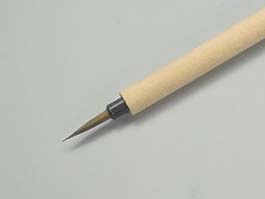 面相筆 (Pointed Brush)
面相筆 (Pointed Brush) 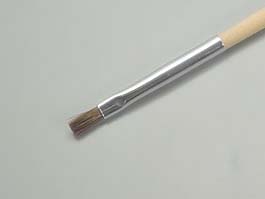 平筆 (Flat Brush)
平筆 (Flat Brush) 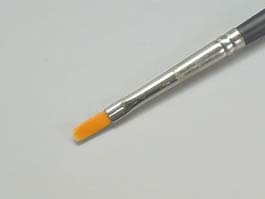 High-Finish (HF)
High-Finish (HF)  High-Grade (HG)
High-Grade (HG) 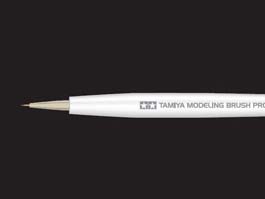 Pro/Pro II
Pro/Pro II 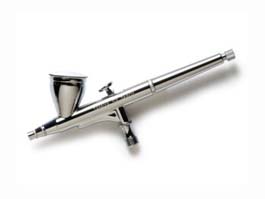 噴槍
噴槍 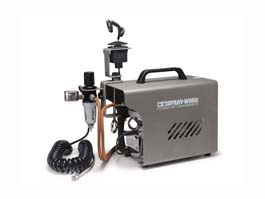 壓縮氣泵
壓縮氣泵  噴嘴及配件
噴嘴及配件 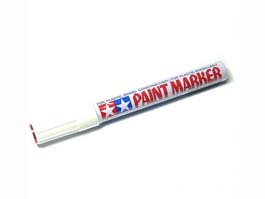 漆油筆
漆油筆 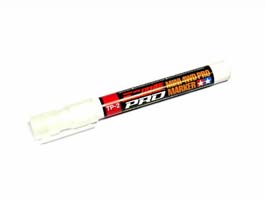 迷你四驅車PRO漆油筆
迷你四驅車PRO漆油筆  稀釋劑/緩凝劑
稀釋劑/緩凝劑  工藝裝飾系列
工藝裝飾系列 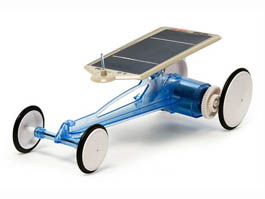 再生能源
再生能源  水上機械人
水上機械人 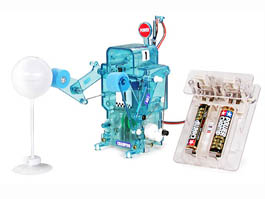 遙控對戰機械人
遙控對戰機械人 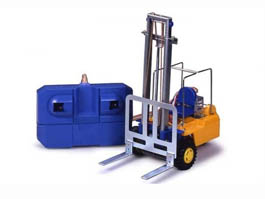 機械創意車/工程車
機械創意車/工程車 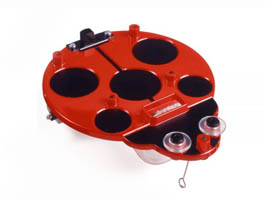 機械仿生動物
機械仿生動物 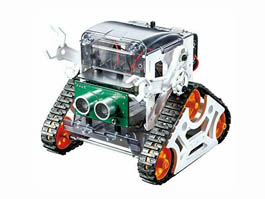 編程機械人
編程機械人 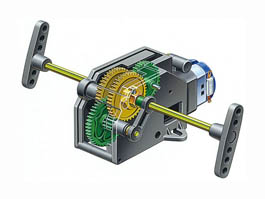 機械組裝配件
機械組裝配件 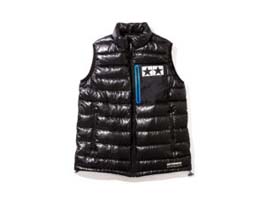 服飾
服飾 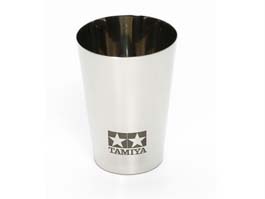 飾物及家品
飾物及家品 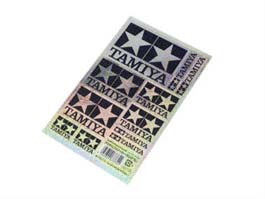 裝飾貼紙/模型貼紙
裝飾貼紙/模型貼紙 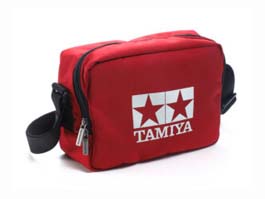 袋
袋  書籍
書籍 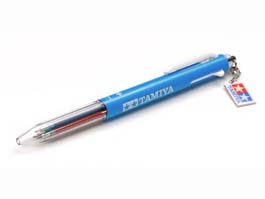 文具
文具  活動
活動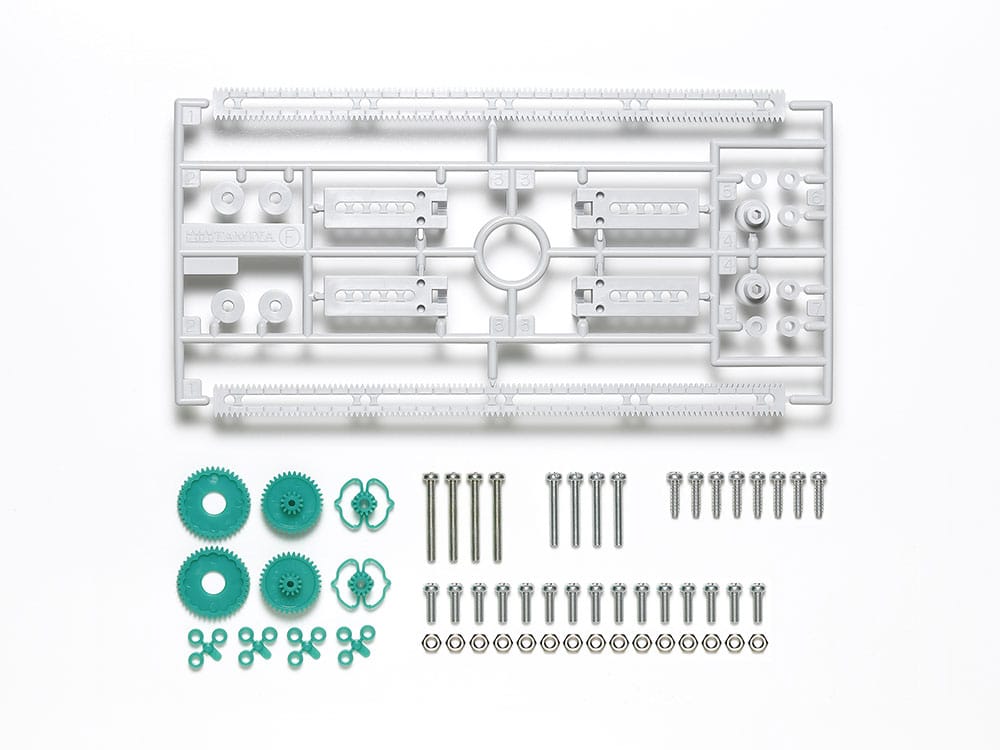
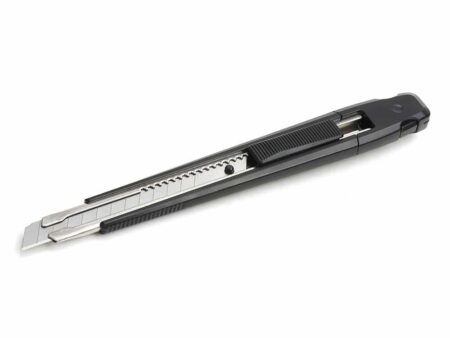

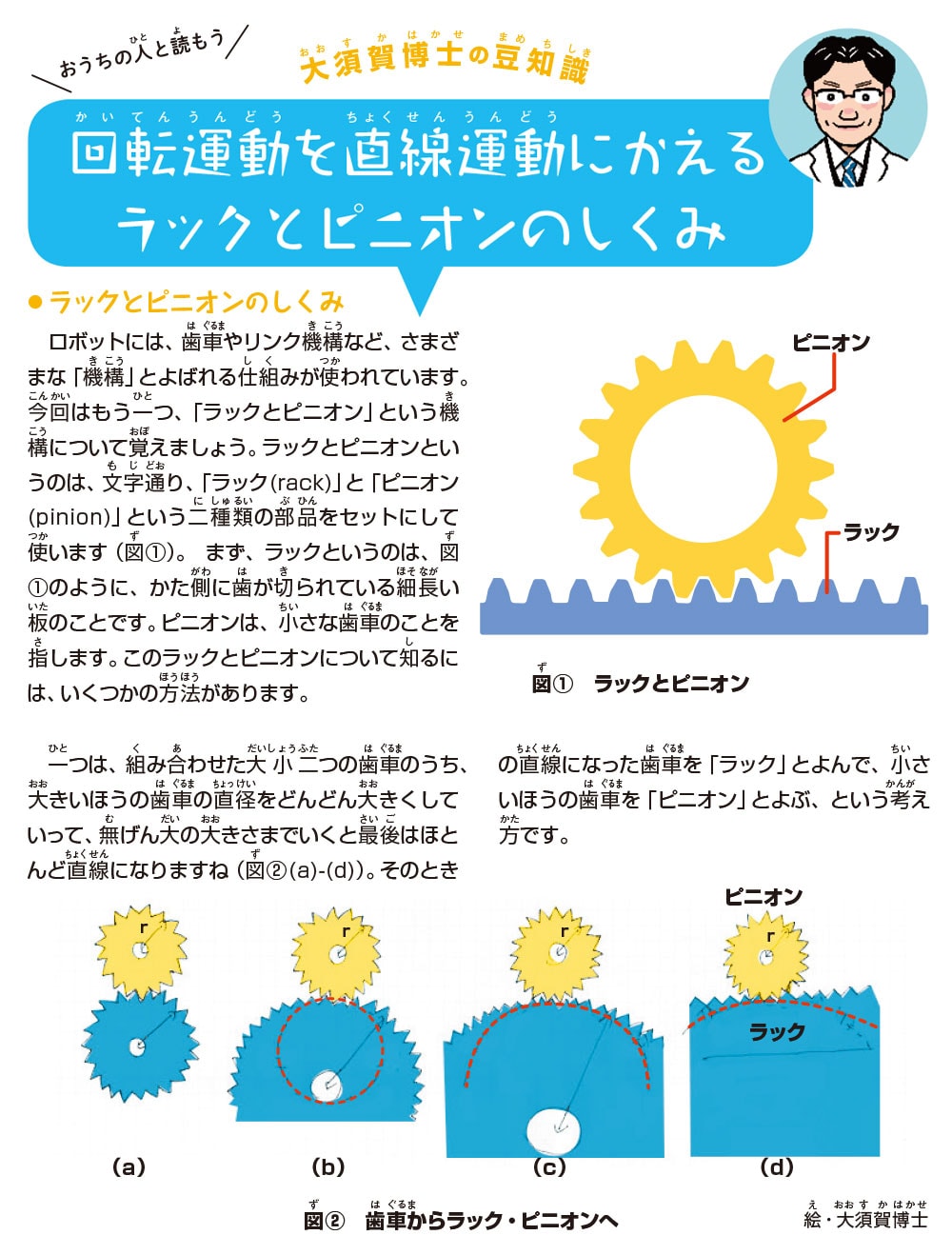
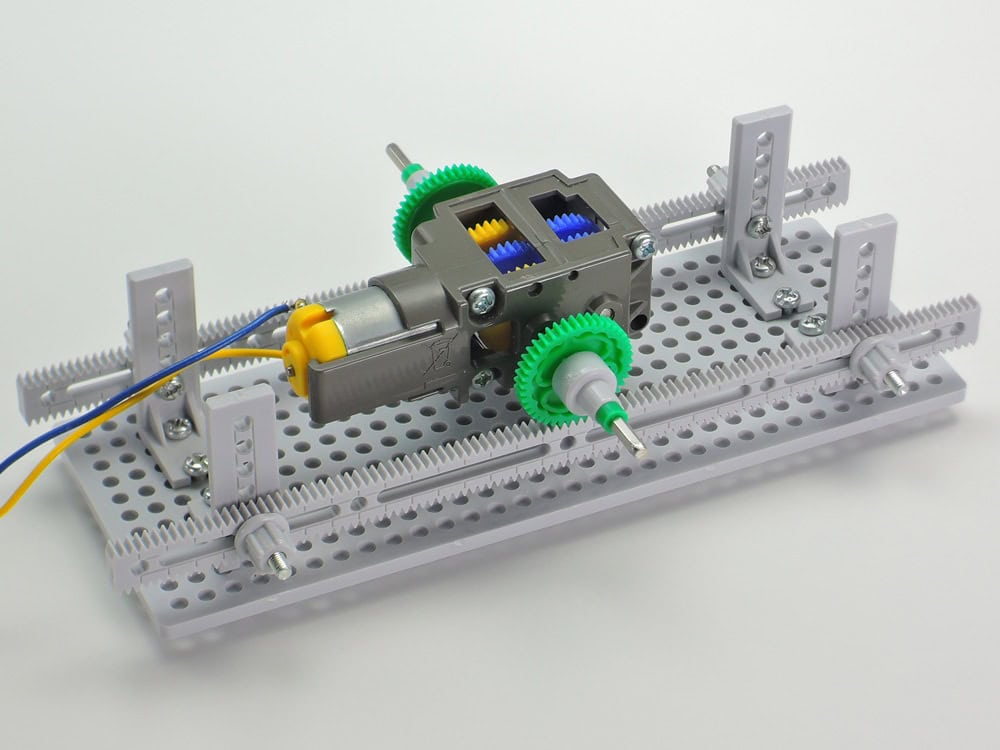
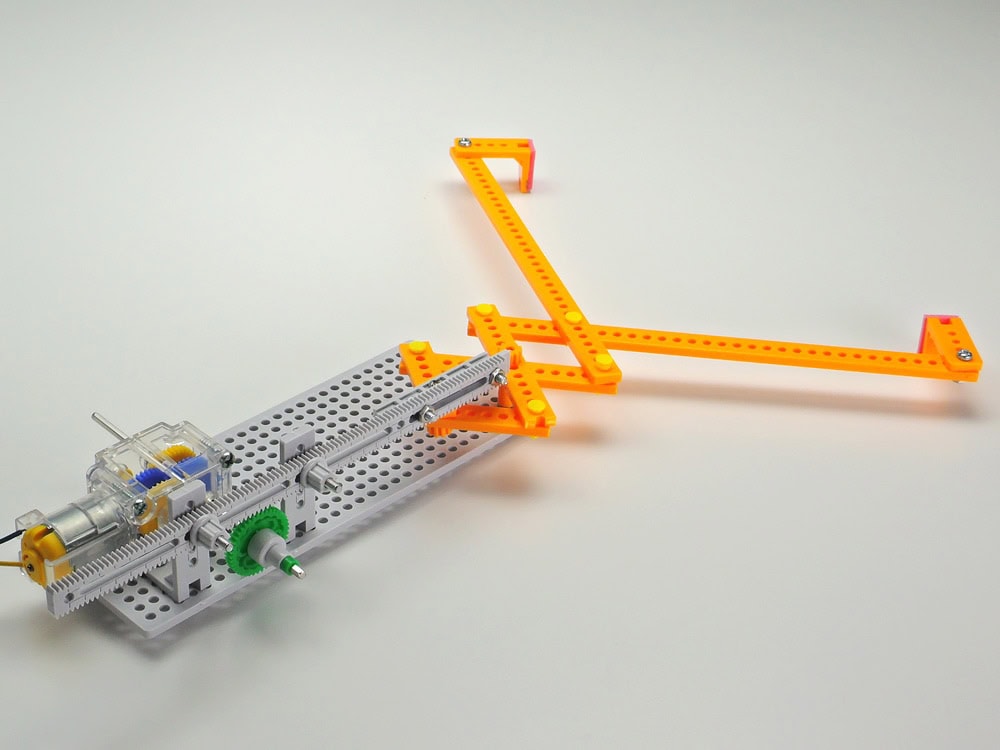
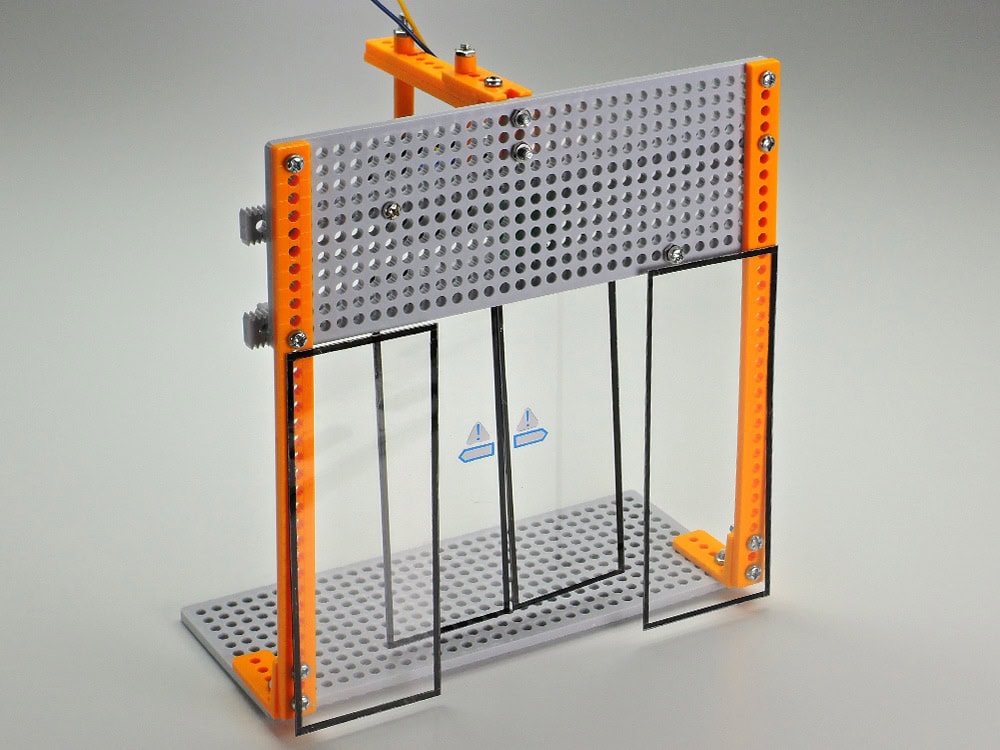
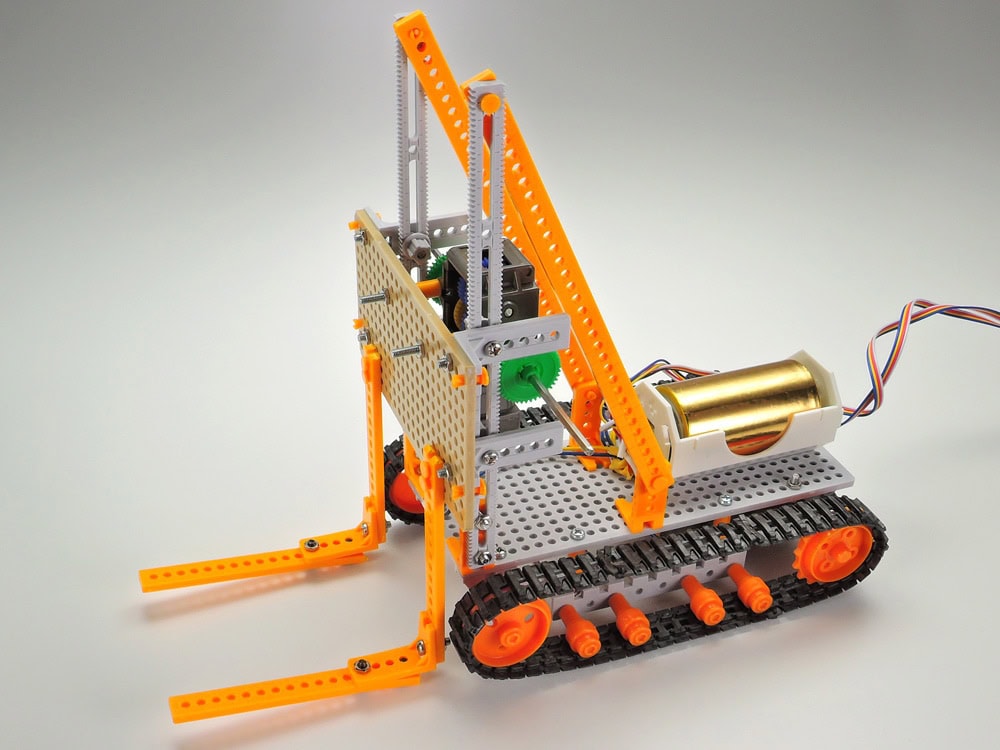
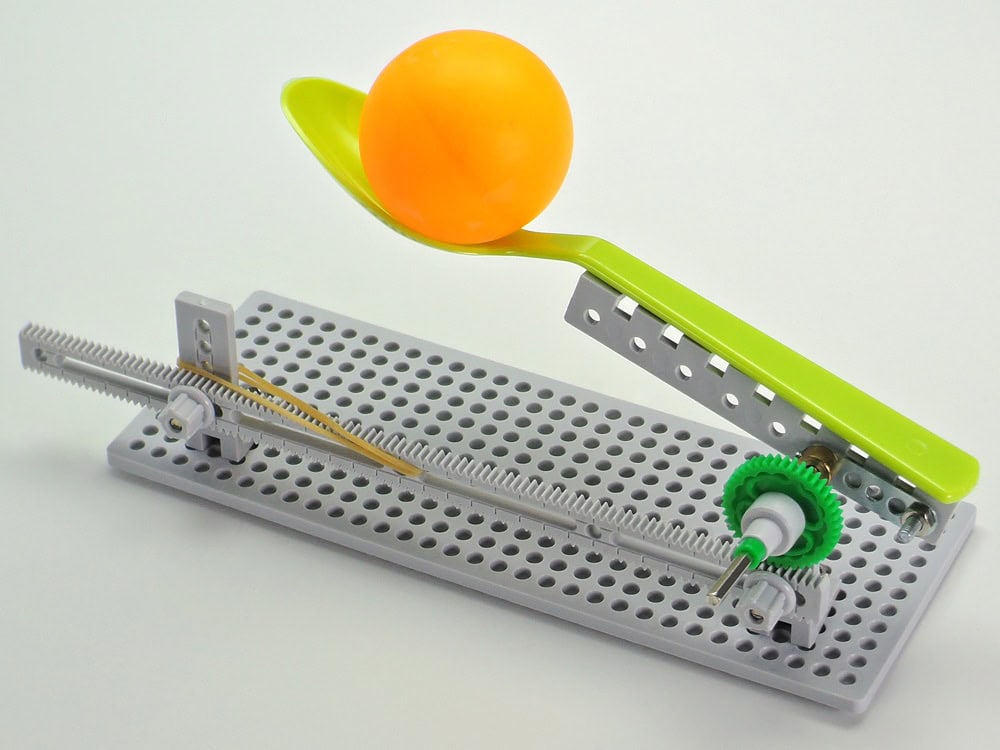


商品評價
目前沒有評價。